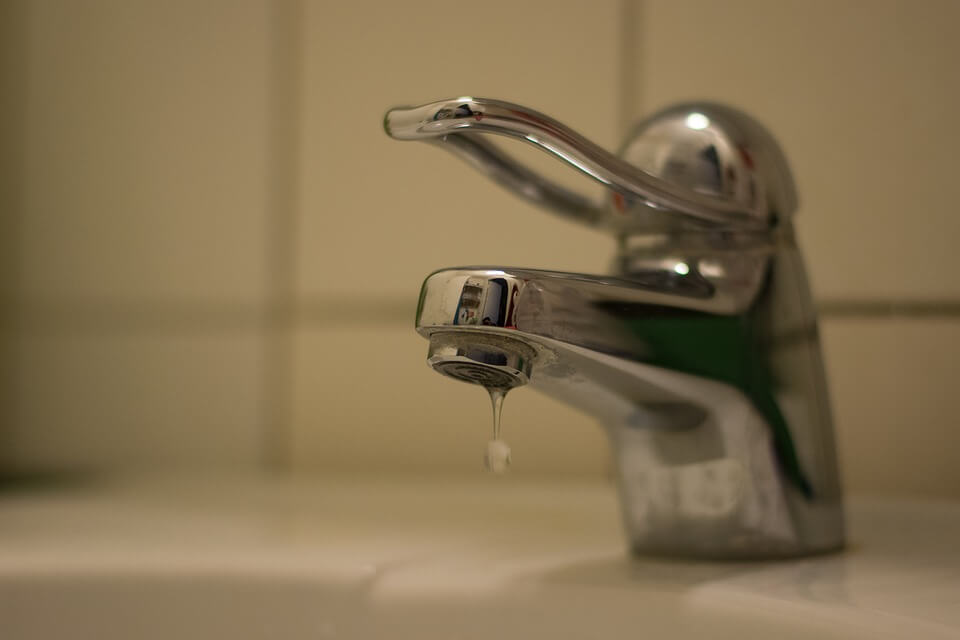Why is it so important to keep your pipes from freezing?
You have a number of options to keep your pipes from freezing during the winter months that range from inexpensive to more costly. No matter what, the goal is to keep cold air from getting in, or if an area is exposed to cold air, making sure to protect it. If your pipes do freeze, you should check for leaks or cracks once they thaw out, as these can lead to major water damage to your home. It’s not just the annoyance caused by the lack of flowing water from frozen pipes that’s the problem—it’s that frozen pipes can burst and cause a flood.
Who’s at Risk?
You might assume that homes that often experience freezing and below-freezing temperatures are the most at risk for frozen pipes, but that isn’t actually the case. In fact, homes in more moderate climates like Western North Carolina are at the greatest risk, because it’s more likely that pipes haven’t been insulated properly.
Leave the Heat On
If you’re leaving for the season or going on a holiday vacation, leave the heat on at your house to help prevent your pipes from freezing. You may balk at the idea of leaving your utilities running when you’re not going to be at home, but it’s worth the extra money spent on your electricity bill to avoid returning to a flooded home. You don’t have to keep the heat as high as you would under normal circumstances—50-55 degrees Fahrenheit should be enough to keep your pipes warm.
Let Your Faucet Drip
If you’re afraid your pipes may freeze, let your faucets drip a little bit. This will help diminish the pressure, which is what causes pipes to burst in the first place. By allowing your faucet to drip, you’re keeping the pressure from building up to such a point that it becomes the source of a burst pipe.
Open Cabinet and Interior Doors
You’ll want to leave your cabinet doors open so that the warm air from the rest of the house can circulate and help increase the temperature. You should also keep all of the doors inside your home open so that heat can flow from room to room.
Use Caulk to Seal Holes and Fissures
If there are cracks or holes near your pipes, caulk them on both the inside and outdoor walls. This prevents cold air from entering by sealing the warm air inside to help keep your pipes from freezing.
Use Heating Tape on Your Pipes
If you can get to your pipes easily, then you may want to consider applying electrical heating tape directly to them. You’ll need to decide whether you want to use a heating tape that turns on and off on its own or one that you will need to plug in when you need extra heat and unplug when you don’t. Be aware that heating tape comes with dangers, just like a space heater does. You’ll need to read and follow the instructions and safety precautions listed by the manufacturer.
Pile on the Insulation
If your pipes are in spots without enough insulation, such as your attic, your basement, or elsewhere in and around your home, then additional insulation may be needed to ward off the freeze. Your pipes can be covered with fiberglass or foam rubber sleeves, which is a simple way to help keep exposed pipes from freezing. Insulating your pipes can become a much more expensive process if your ceilings, floors, or walls have to be opened up to complete the fix. You can also add more insulation to ceilings and walls to help keep your pipes from freezing.
Appalachian Inspection Services offers a variety of home inspection services to Western North Carolina’s home buyers, home sellers, and homeowners. Contact us to schedule your appointment or discuss your inspection needs.

